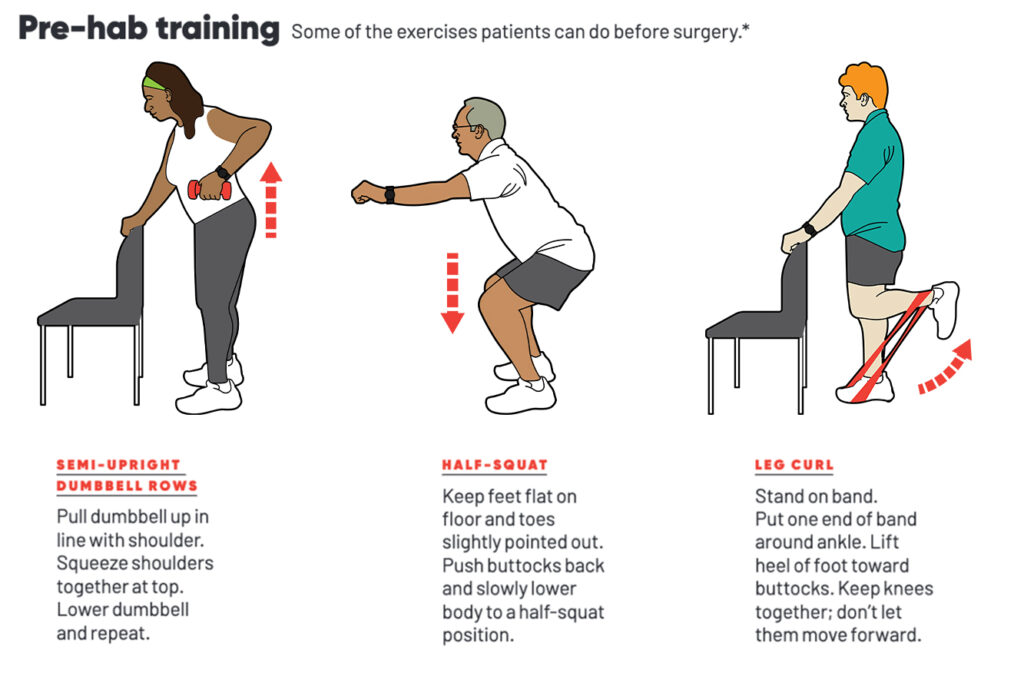
Dr. Paul Oh helps patients recover faster by prescribing pre-surgery workouts.
Tim Fraser
Fit for surgery
How “pre-hab” gets patients physically ready for operations.
As advanced as cardiac surgery has become, recovery is still difficult. It can take months for patients to resume their normal activities, even with post-op rehabilitation. Most people think rest and relaxation are what’s needed before surgery, but clinicians at University Health Network’s Peter Munk Cardiac Centre are telling patients to do something else: a rigorous workout. That might seem counterintuitive, but the Centre has found that “pre-hab” programs, where patients undergo an exercise regimen for weeks or even months before their operation, can speed up the recovery time in cardiovascular surgery patients.
The Centre is the leader in pre-hab research and implementation thanks to its team, which includes Dr. Paul Oh, Medical Director of the Cardiovascular Prevention and Rehabilitation Program at Toronto Rehab and the Peter Munk Cardiac Centre and GoodLife Fitness Chair in Cardiovascular Rehabilitation and Prevention, and research scientist Dr. Tracey Colella. We spoke to Dr. Oh about the benefits of pre-hab.

Q: What is cardiac pre-hab?
A: If you go into your surgery in a better physical state, you’ll get through your procedure more rapidly and with fewer complications. You’ll spend less time in the hospital and recover more efficiently. If we provide structured health and fitness programs while people are waiting for their procedures, they will hopefully do better over the long term.
Q: How does pre-hab help patients?
A: At the Centre, we’re known for performing the most rare and complex medical procedures. As such, there are sometimes concerns about how well these patients will bounce back, especially when it comes to older Canadians. This is also true for people who live with aortic stenosis – a tightening of the heart valves. They typically have other health problems, like high blood pressure, diabetes, kidney disease or lung disease. Putting them through a conditioning and strengthening program beforehand may help their recovery.
Q: How do you develop a pre-hab program for a patient?
A: We first do a careful assessment of the patient and consider what other illnesses they might have. We then try different aerobic exercises, such as walking or stationary cycling, to get the heart pumping and blood flowing. There can also be strengthening exercises using very light weights – even soup cans from home. These activities are tracked daily, and we monitor symptoms such as shortness of breath or dizziness.
Q: What results have you seen?
A: We have seen fitness levels improve by as much as 40 per cent. This translates into an overall better quality of life, and may reduce hospitalization after surgery. We’ve also found people with advanced stages of heart failure have improved day-to-day functionality.
*Please consult your doctor before starting any pre-hab program.

